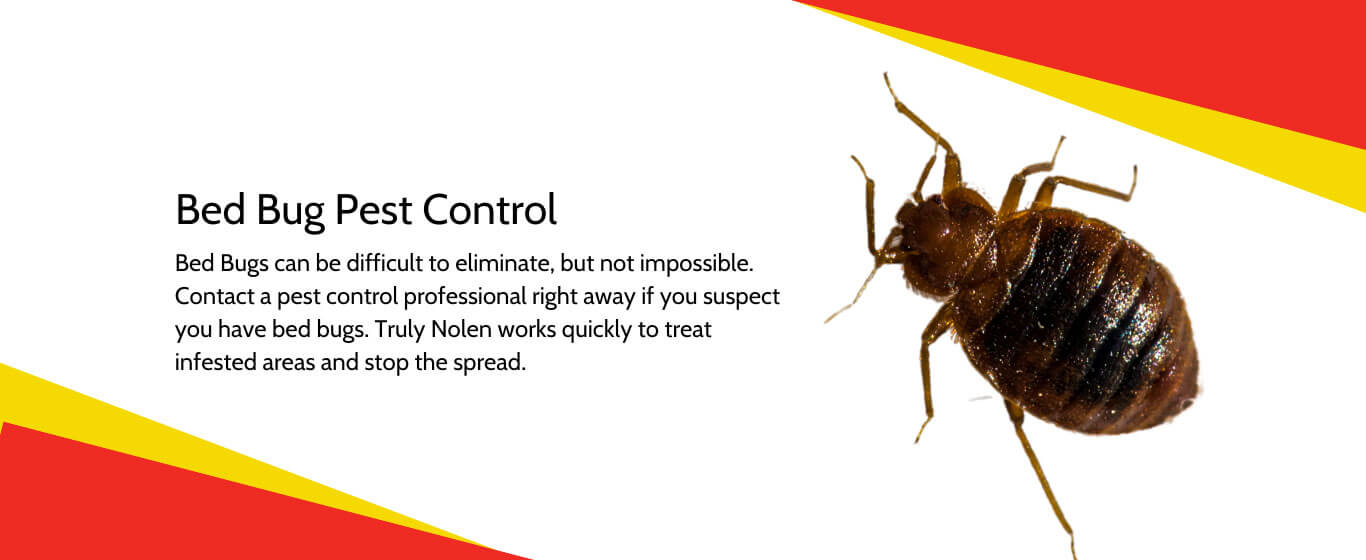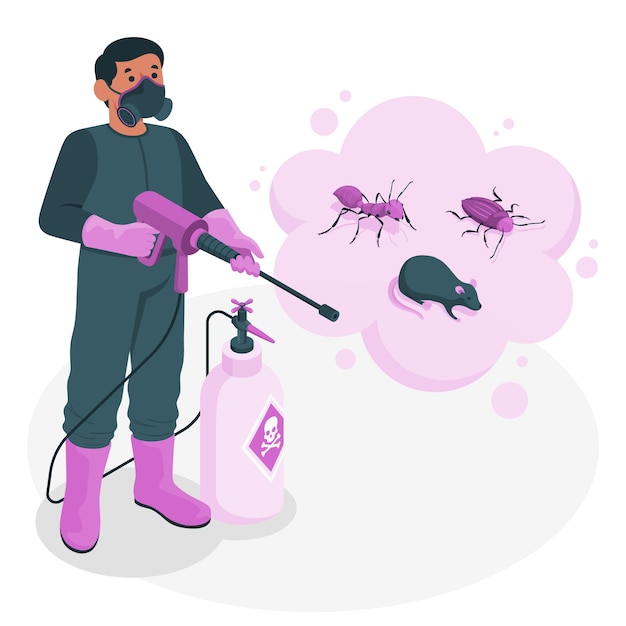Effective Coquitlam Pest Control Solutions for a Pest-Free Environment
Effective Coquitlam Pest Control Solutions for a Pest-Free Environment
Blog Article
Safe and Trusted Parasite Control for Lasting Protection
Reliable parasite administration needs a multifaceted method that balances ecological integrity with the demand for effective pest suppression. The nuances of these approaches might not be instantly clear, triggering a closer examination of the methods that can lead to lasting bug control results.
Comprehending Insect Control Approaches
Insect control incorporates a variety of approaches focused on handling and eradicating unwanted insects and rats that can threaten both wellness and home. Recognizing these techniques is crucial for efficient bug management.
The key classifications of insect control techniques consist of mechanical, biological, and chemical strategies. Mechanical techniques entail physical barriers and catches to avoid insect access and capture undesirable varieties. For example, utilizing displays on windows or using sticky traps can considerably minimize bug populaces without presenting damaging compounds.

Chemical pest control is often one of the most identified approach, using pesticides to eliminate insects. These chemicals can be efficient yet should be used with caution to stay clear of negative effects on non-target types and the environment.
Advantages of Eco-Friendly Solutions
Exactly how can green remedies change parasite control methods? The adoption of environment-friendly parasite control methods uses many advantages, considerably enhancing the efficiency and safety and security of pest administration.

Another advantage is the favorable effect on local biodiversity. Environmentally friendly services are designed to target specific insects while preserving advantageous pests and wildlife, promoting a balanced community. This technique aligns with the expanding customer demand for lasting practices, boosting the credibility of pest control providers.
Integrated Pest Monitoring Techniques
The execution of green remedies naturally causes the fostering of Integrated Insect Management (IPM) techniques, which even more boost parasite control efficacy. IPM is an alternative method that incorporates several tactics to take care of bug populaces while minimizing environmental effect. This approach highlights the usage of biological, cultural, mechanical, and chemical controls, making sure a lasting and balanced method of pest monitoring.
One fundamental facet of IPM is the extensive assessment of pest task and environmental problems. By checking pest populations and recognizing their life cycles, professionals can apply targeted interventions that interrupt the pest's environment or lifecycle, minimizing reliance on chemical pesticides. In addition, social practices such as plant turning and environment manipulation can dramatically decrease pest facility and reproduction.
One more important part is making use of organic control agents, such as advantageous pests or microbes, which can normally subdue bug populations. When chemical applications are required, IPM focuses on the use of low-risk pesticides and applies them uniquely, reducing exposure to non-target microorganisms and human beings.
Including IPM approaches not just improves parasite control performance but likewise promotes a safer ecological community, lining up with the growing need for lasting techniques in pest administration.
Safe Practices for Property Owners
Recognizing the significance of risk-free methods in parasite control can empower house owners to properly manage pest problems while safeguarding their health and wellness and the setting. Carrying out preventative steps and safe approaches is vital in decreasing exposure to damaging chemicals.
House owners must initially analyze their environment for conditions that bring in pests, such as standing food, mess, and water waste. On a regular basis cleaning and securing entry points can hinder pests from invading the home. Utilizing natural deterrents, such as vital oils or diatomaceous planet, can supply effective options to chemical pesticides.
When chemical therapies are necessary, homeowners must opt for items that are particularly classified as safe for household usage. It is necessary to comply with application standards diligently to stay clear of too much exposure. Moreover, utilizing targeted therapies in areas where insects are determined, as opposed to covering spraying, can considerably lower chemical usage.
Last but not least, preserving open communication with insect control experts is vital. Home owners ought to ask about the security of products utilized and demand environment-friendly alternatives whenever possible. By adopting these risk-free techniques, house owners can produce a healthier living atmosphere while properly taking care of pest concerns.

Tips for Long-Term Security
Establishing a bug monitoring method that highlights lasting protection can substantially boost the effectiveness of the safe practices formerly reviewed. To accomplish this, home owners must execute normal assessments of their residential or commercial property, concentrating on hidden areas such as attics, basements, and crawl rooms. Early detection of insect activity is essential in avoiding infestations from taking hold.
These techniques minimize attractants that draw insects into the home. Securing entry factors, such as splits around doors and windows, can properly block prospective bug access.
Landscaping needs to also be considered; keeping plants cut and keeping a distance in between plants and click this link the home lessens concealing spots for parasites. Using all-natural deterrents, such as crucial oils or diatomaceous earth, can better inhibit invasions without turning to rough chemicals.
Lastly, collaborating with a professional parasite control solution for periodic examinations can offer an additional layer of protection. These professionals can provide tailored referrals and progressed therapies, making sure that your home remains secured versus bugs in the long-term.
Verdict
In final thought, reputable and risk-free pest control needs a diverse technique that highlights green methods and integrated pest administration. By carrying out natural deterrents, performing regular assessments, and preserving appropriate sanitation, homeowner can substantially lower pest populaces while safeguarding helpful insects and the atmosphere. Cooperation with specialist pest control Look At This solutions boosts the performance of these strategies, making certain customized solutions that supply long lasting defense and satisfaction versus future infestations.
Effective pest monitoring calls for a diverse method that stabilizes ecological stability with the requirement for reliable parasite suppression. The adoption of eco-friendly bug control techniques offers numerous benefits, substantially boosting the efficiency and safety and security of insect monitoring.The application of environmentally friendly options naturally leads to the adoption of Integrated Parasite Administration (IPM) methods, which further boost bug control efficacy. exterminator coquitlam. By keeping an eye on parasite populaces and identifying their life cycles, professionals can execute targeted interventions that interrupt the bug's habitat or lifecycle, reducing reliance on chemical pesticides.In verdict, risk-free and trusted bug control calls for great site a multifaceted technique that stresses green approaches and incorporated insect monitoring
Report this page